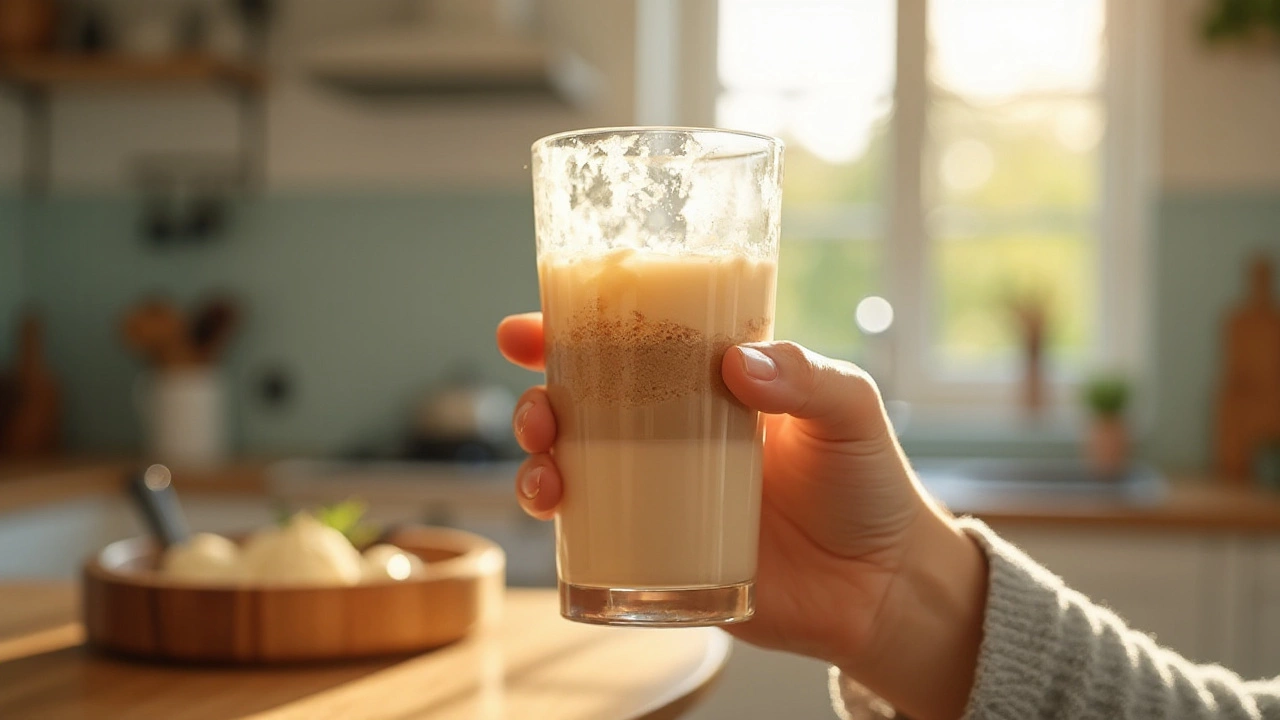Best Protein Sources for Fitness and Health
Whether you lift weights, run, or just want to feel stronger, the right protein makes a huge difference. You don’t need fancy supplements or exotic foods; everyday choices can give you the amino acids your body craves. Below you’ll see practical options, quick tips, and a few foods to stay away from.
Animal-Based Proteins
Meat, fish, eggs, and dairy are classic protein powerhouses. A 3‑ounce chicken breast delivers about 25 g of protein with very little fat, making it perfect for post‑workout meals. Greek yogurt packs roughly 15 g of protein per cup and adds calcium, which helps muscles contract smoothly.
When you pick animal protein, aim for lean cuts and low‑fat dairy. Trim visible fat from beef or pork, choose skinless poultry, and opt for wild‑caught fish when possible. These choices keep calories down while still loading you with high‑quality protein.
Quick idea: grill a chicken breast, slice it, and toss it into a mixed‑green salad with a drizzle of olive oil. You get protein, veggies, and healthy fats in one bite, no cooking frenzy required.
Plant-Based Proteins
Plant foods can match animal sources when you combine them wisely. Beans, lentils, chickpeas, and tofu each provide 8‑20 g of protein per serving. Pairing legumes with whole grains, like rice and beans, creates a full amino‑acid profile, which is essential for muscle repair.
Quinoa is a standout grain because it’s a complete protein on its own – about 8 g per cup. Add a handful of nuts or seeds for extra crunch and extra protein. Nut butters also deliver protein and healthy fats, perfect for spreading on whole‑grain toast.
Quick plant‑based snack: blend a cup of canned beans, a tablespoon of olive oil, lemon juice, and spices for a creamy dip. Use it with carrot sticks or whole‑grain crackers for a protein‑rich bite.
Now that you know the basics, here are three simple steps to boost protein in any diet:
1. **Plan ahead** – Cook a batch of chicken, tofu, or lentils on the weekend. Store portions in the fridge for quick meals.
2. **Mix and match** – Combine a protein source with veggies and a whole grain. The balance keeps you full and fuels recovery.
3. **Watch the fillers** – Processed meats like sausages and bacon are high in protein but also loaded with sodium and unhealthy fats. Choose them sparingly or swap for lean options.
By focusing on these real foods, you’ll get the protein you need without over‑relying on powders or bars. Your muscles will thank you, your energy will stay steady, and your meals will stay tasty.
Ready to try? Pick one animal protein and one plant protein you like, cook them this week, and see how you feel after your workouts. Small changes add up, and you’ll notice stronger performance and quicker recovery in no time.

Unhealthiest Protein Sources in Popular Shakes
Maeve Larkspur Jan 19 0Protein shakes are a convenient way to increase protein intake, but not all protein sources are created equal. Identifying the unhealthiest proteins in your shakes can help you make better dietary choices. This article explores different protein types and highlights what makes some of them less healthy. From artificial additives to indigestible whey derivatives, learn what to avoid in your shake. Become empowered to choose healthier protein options for your lifestyle.
More Detail